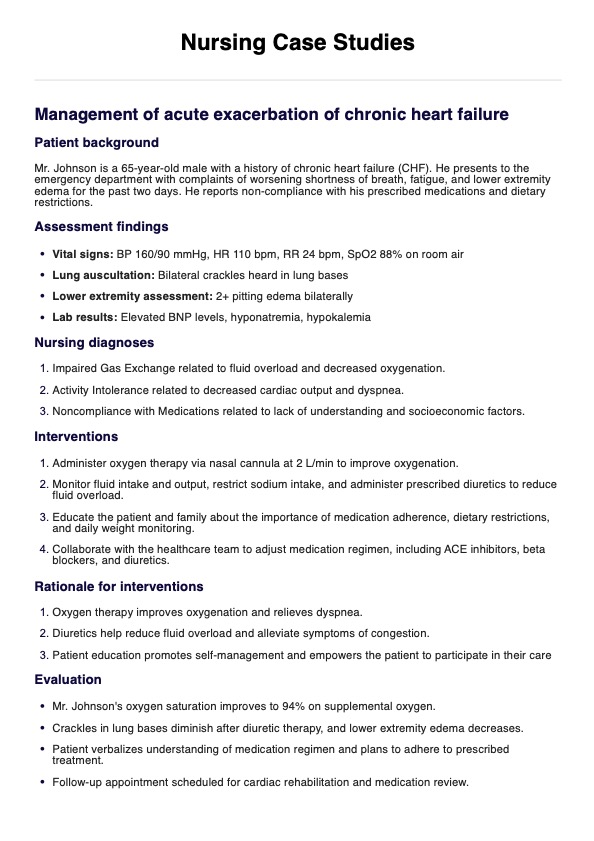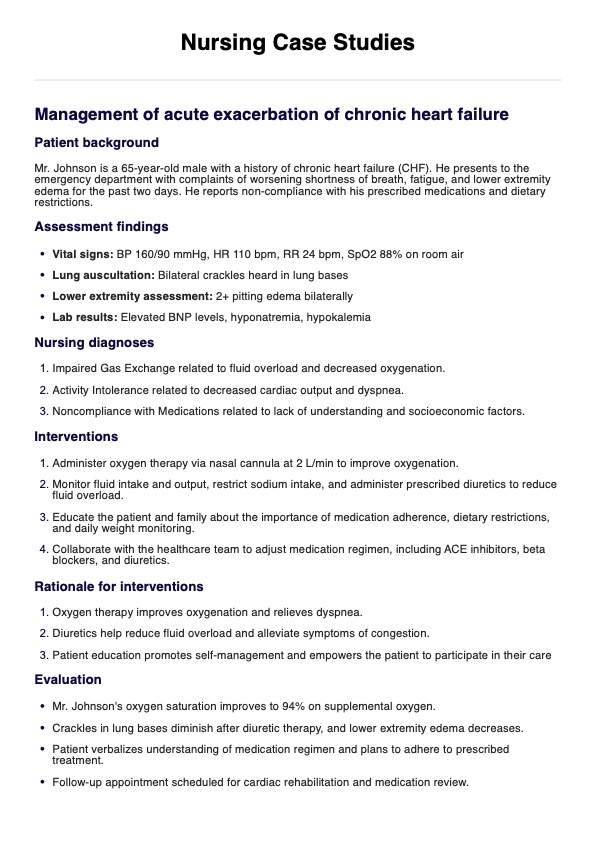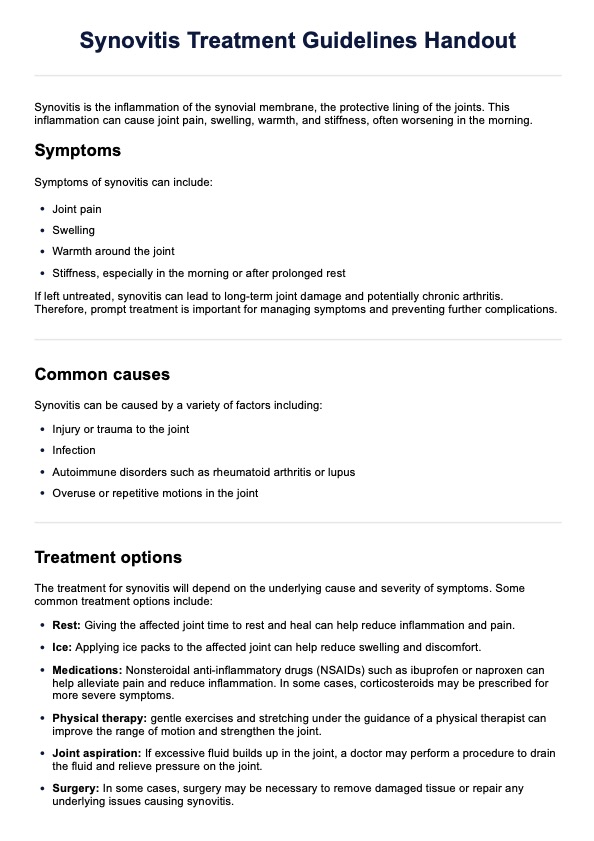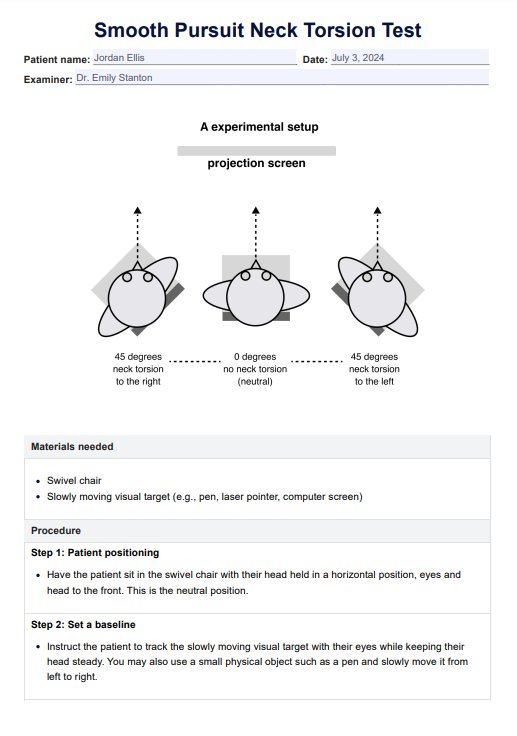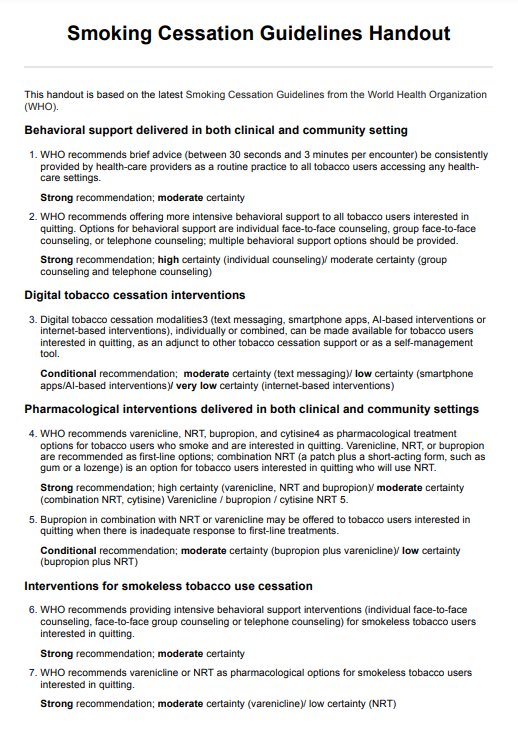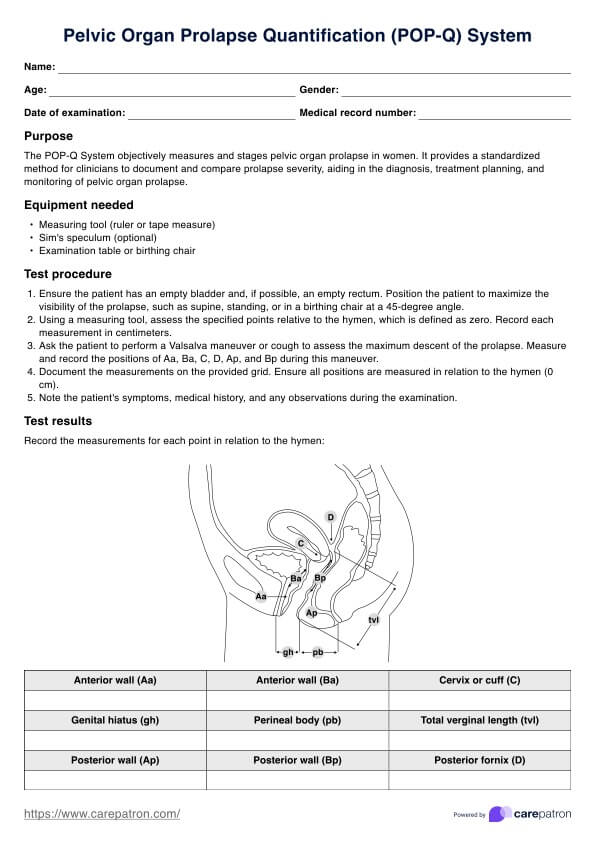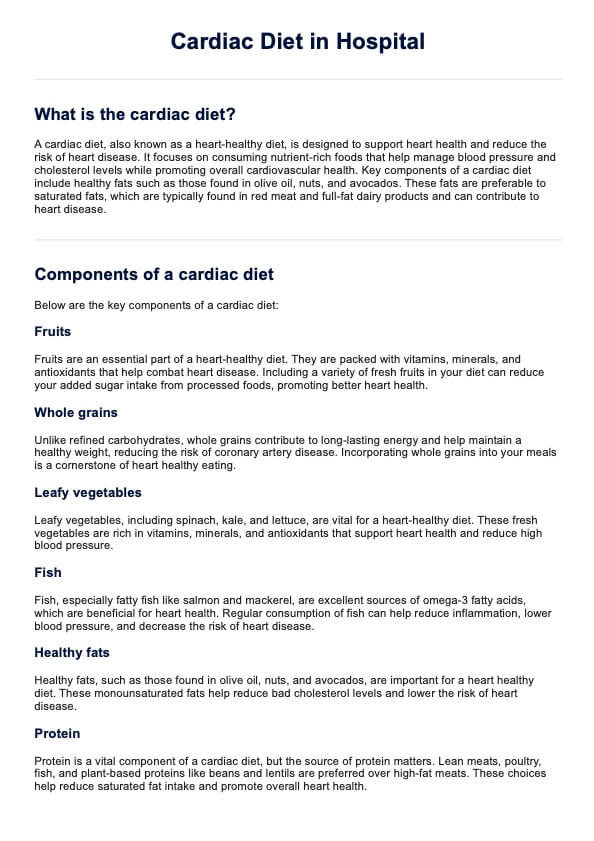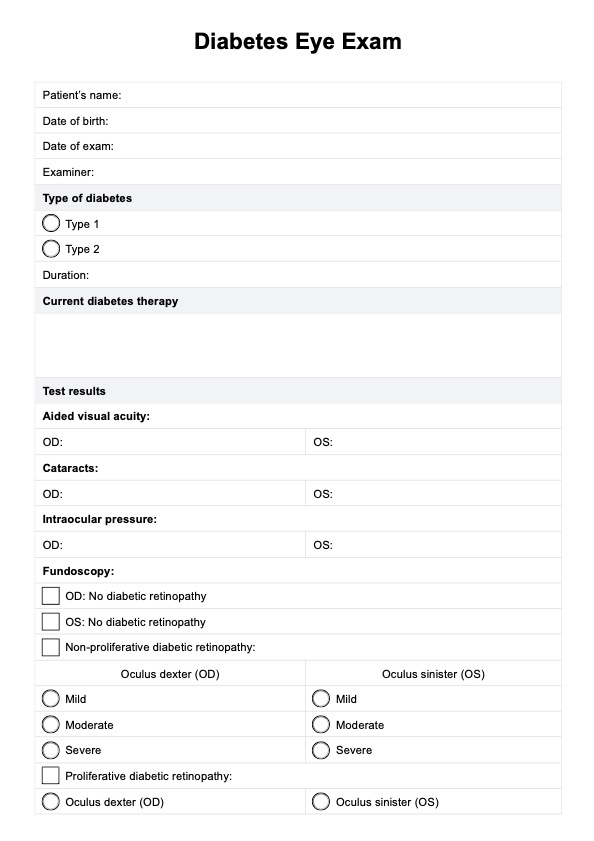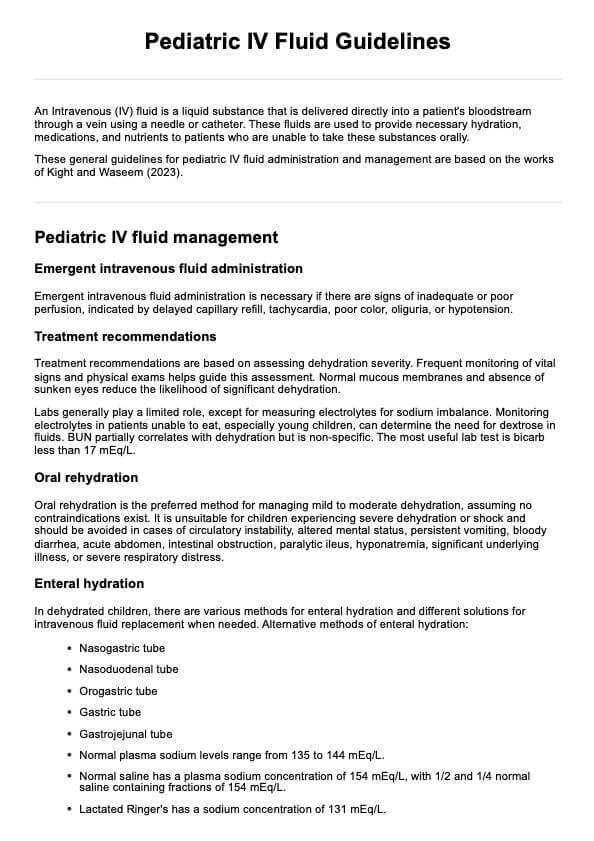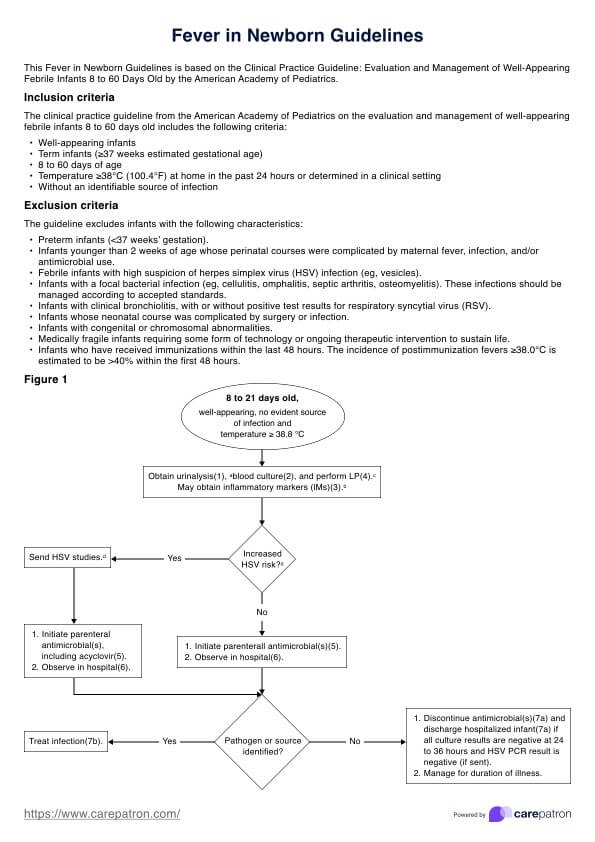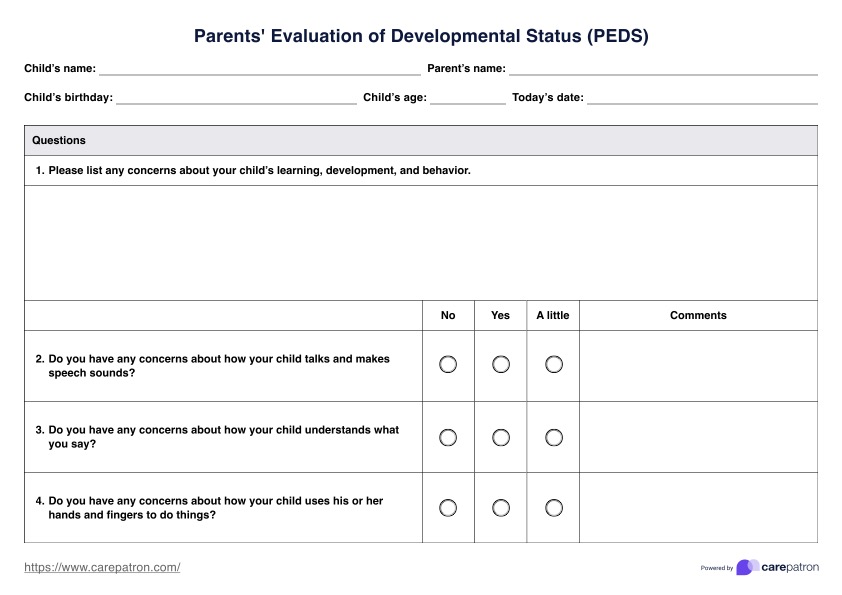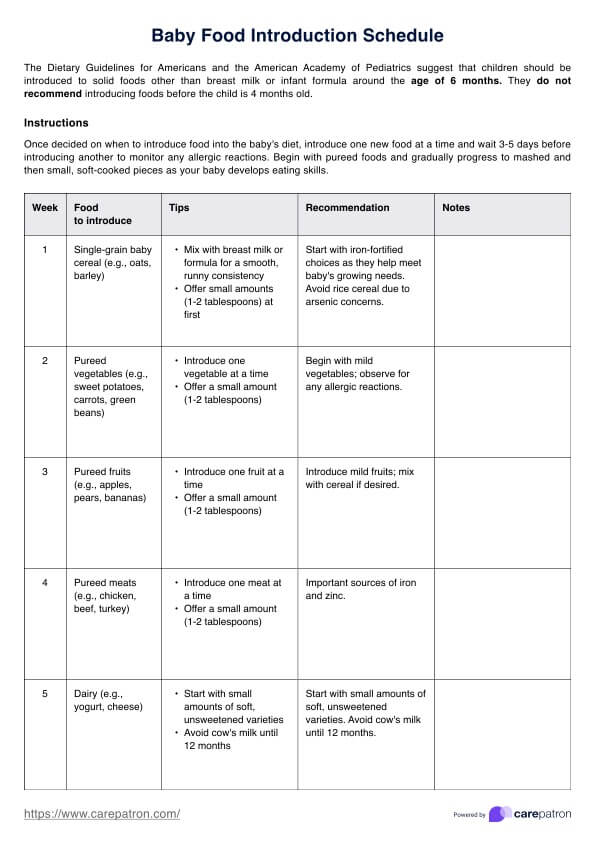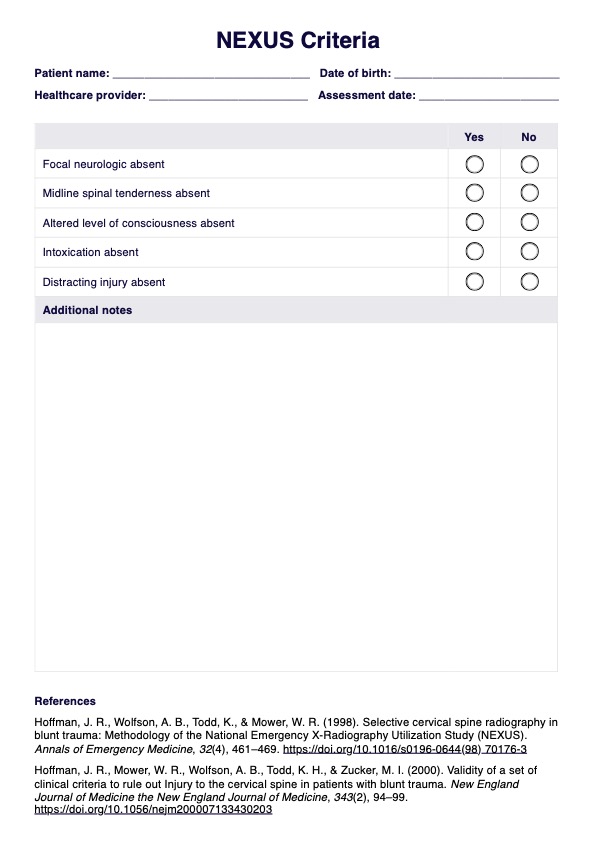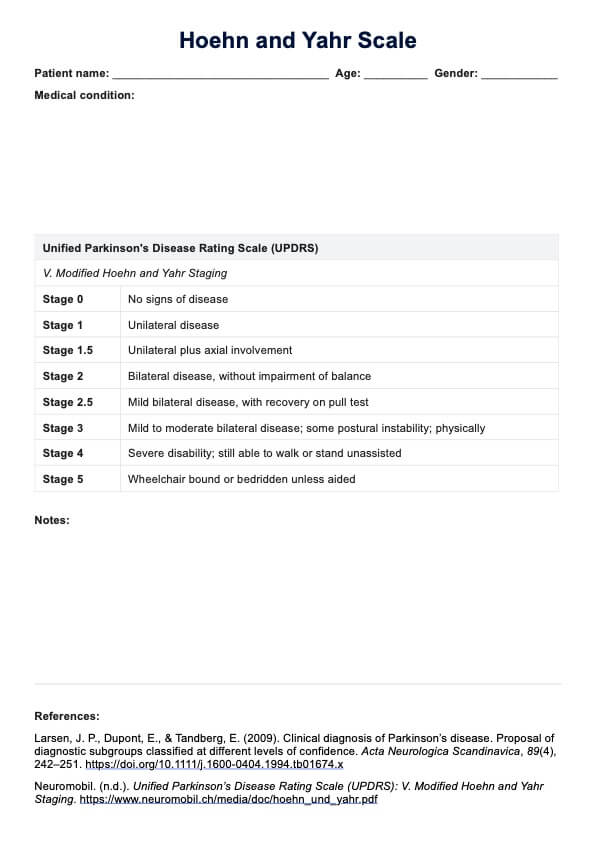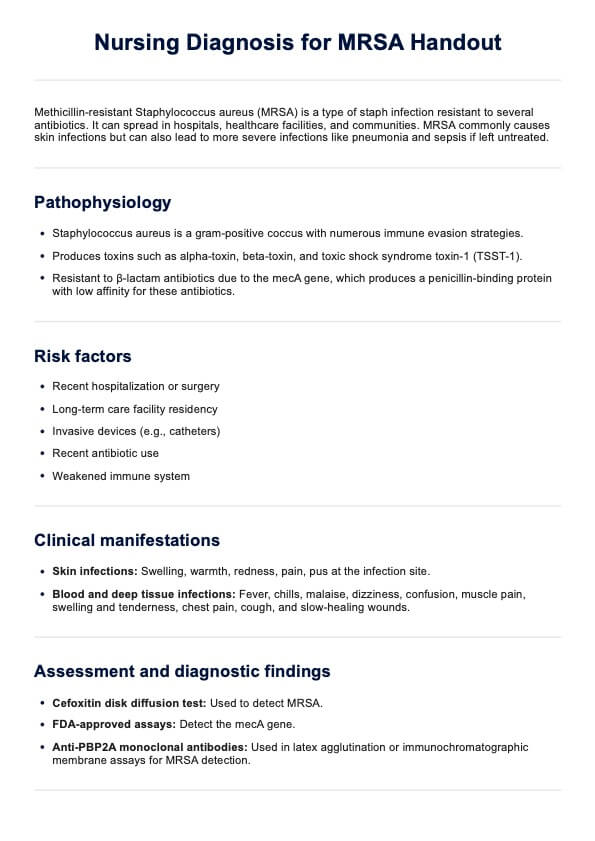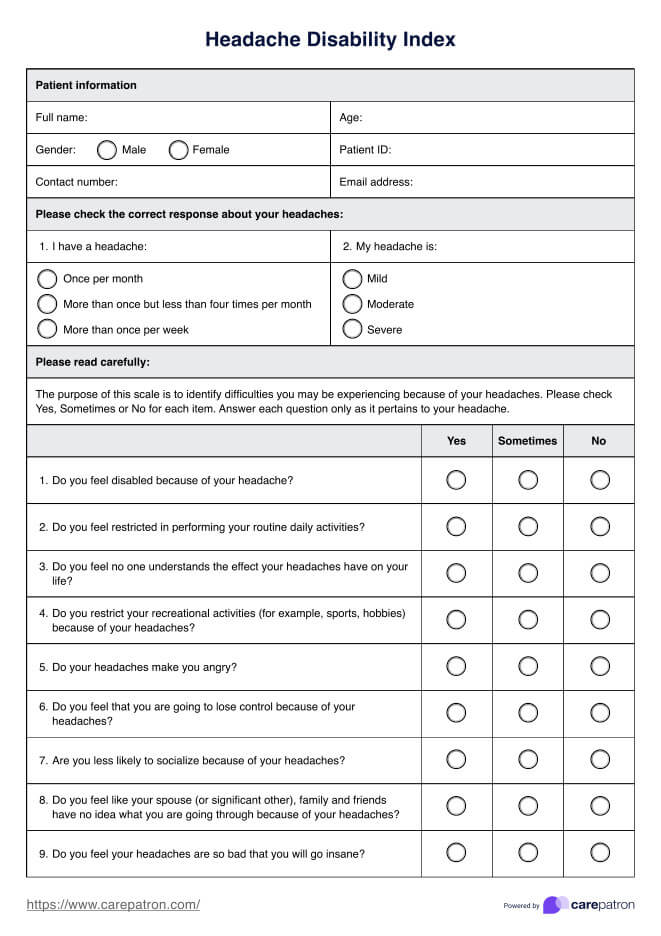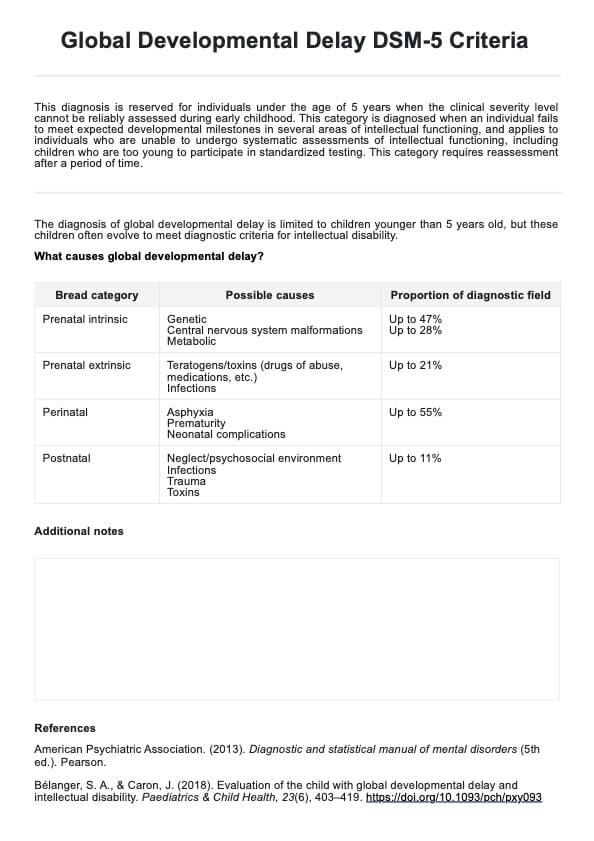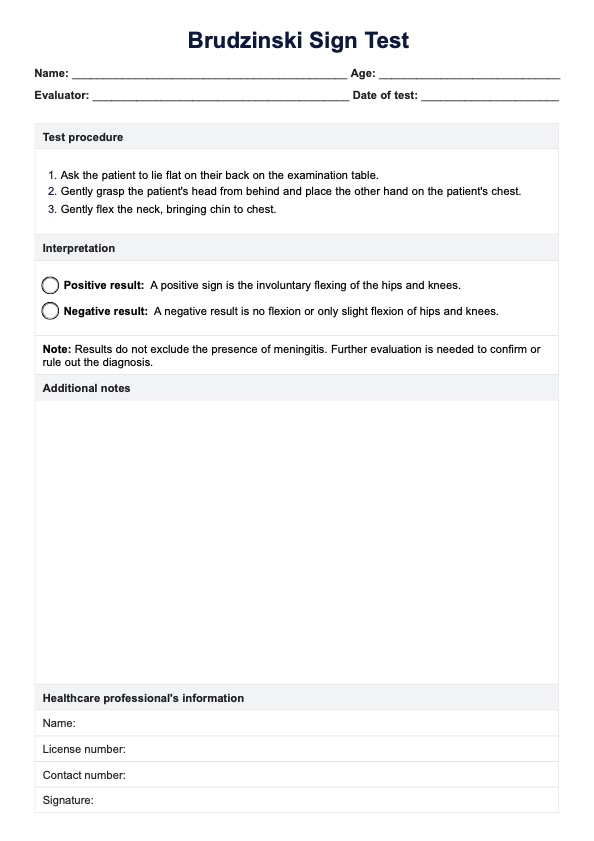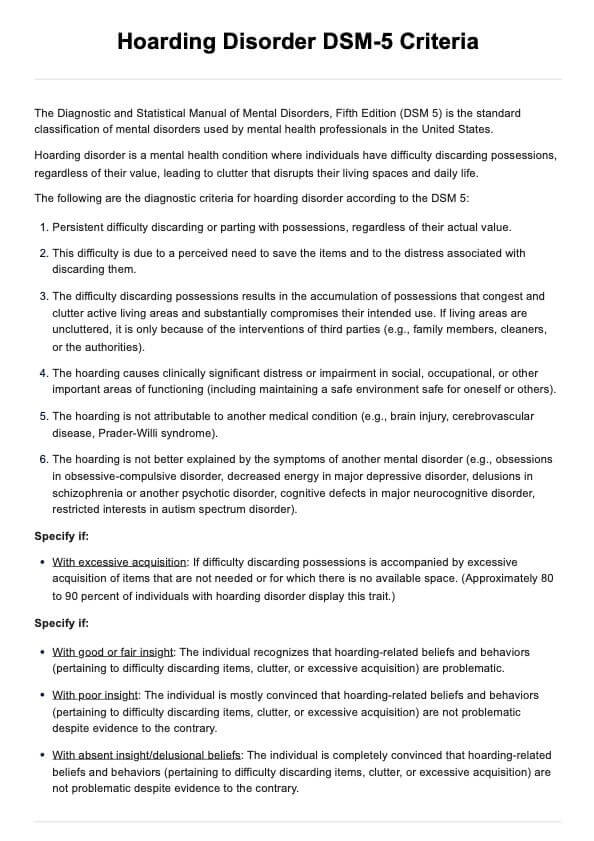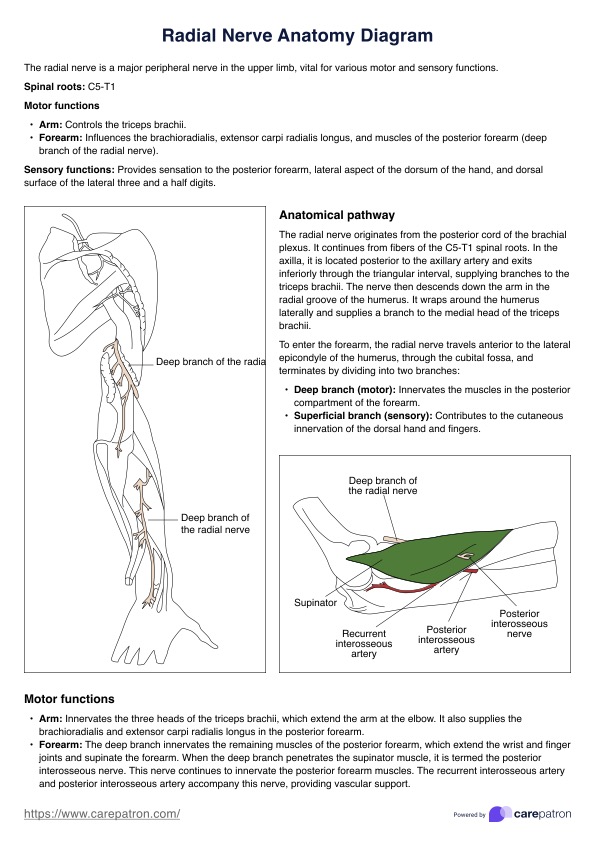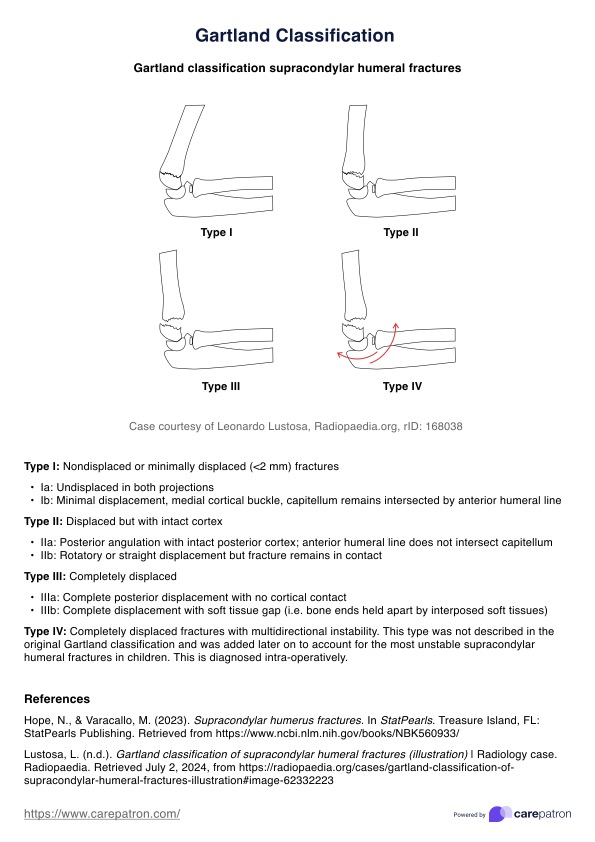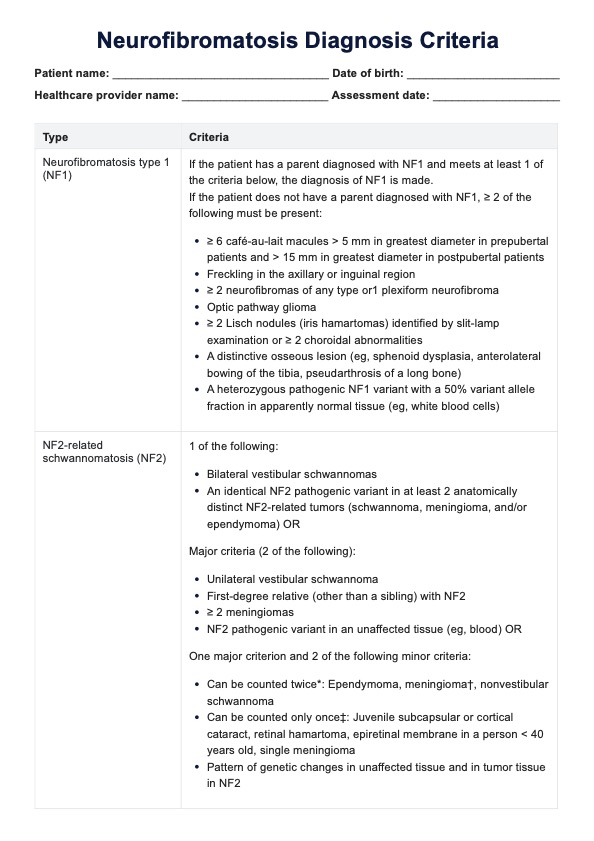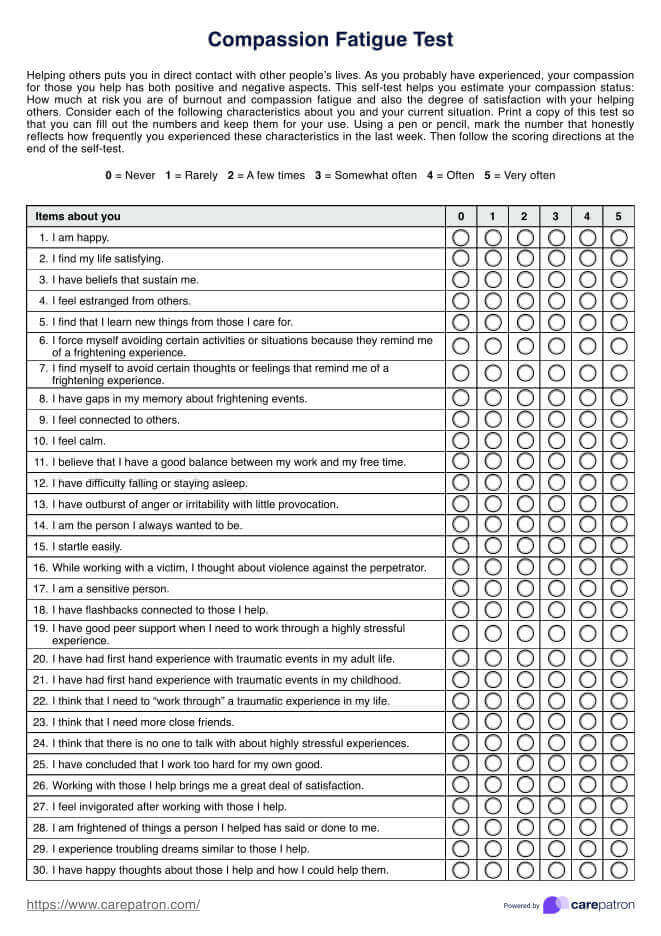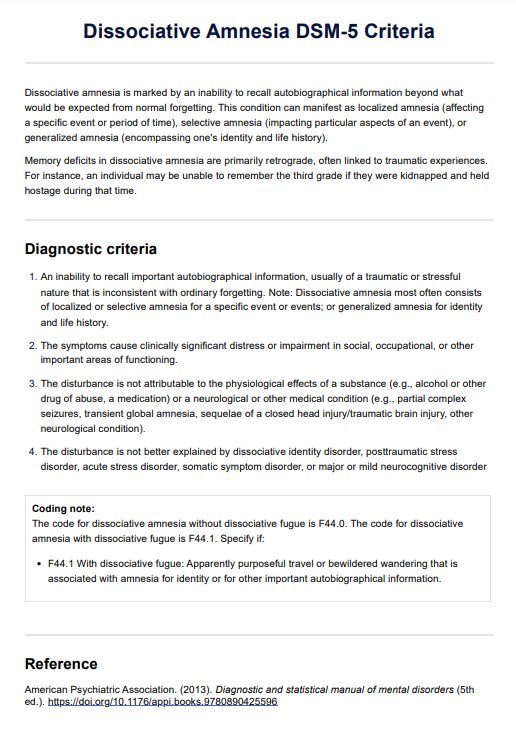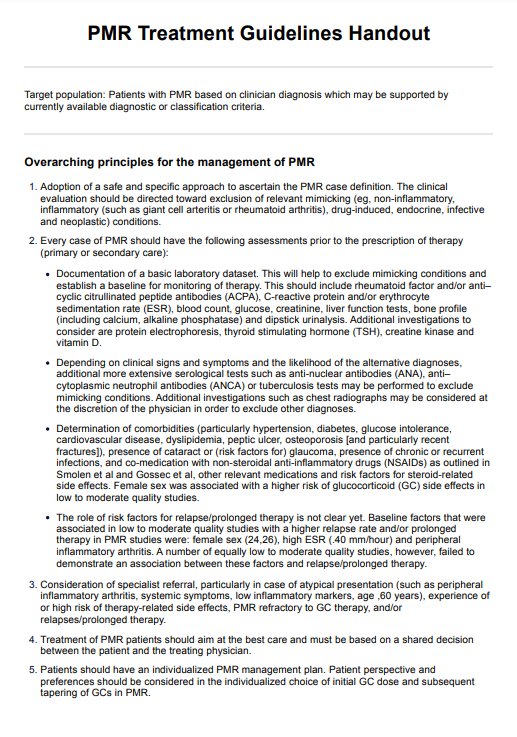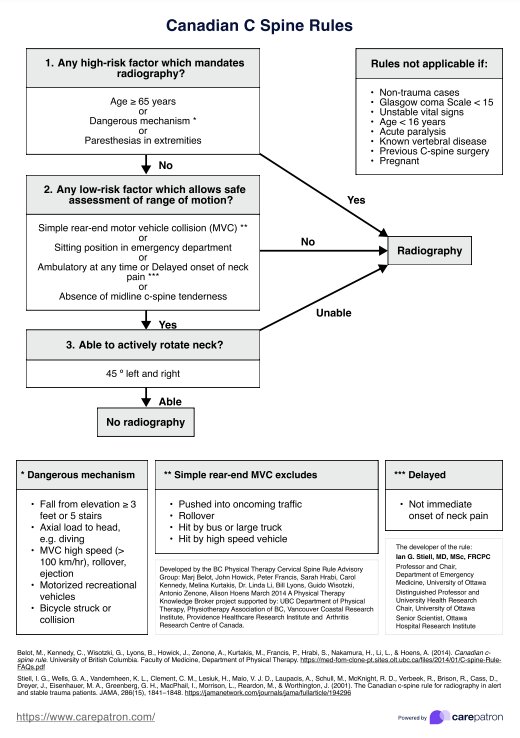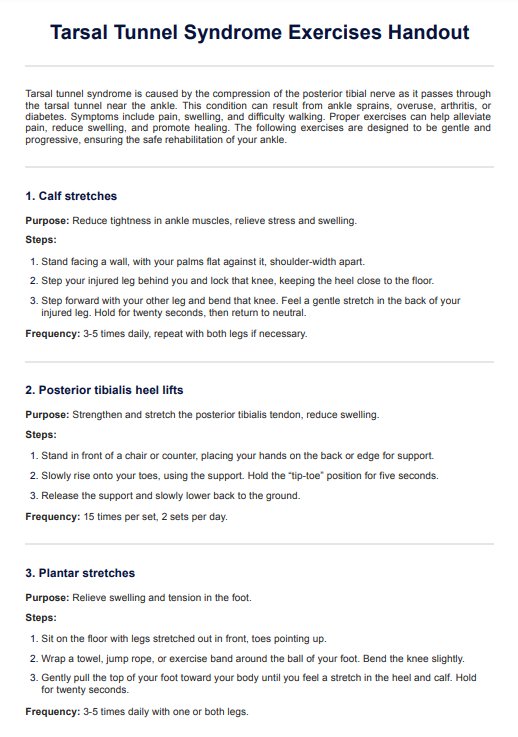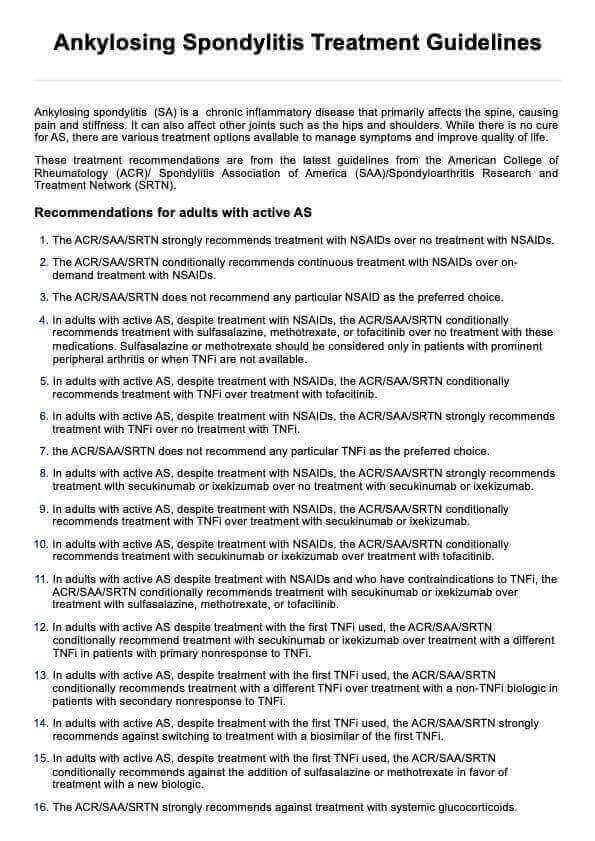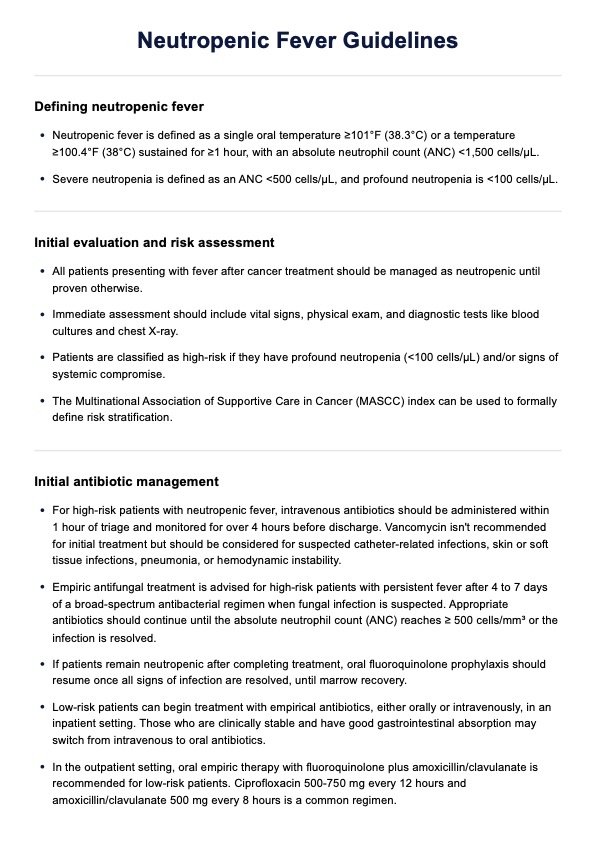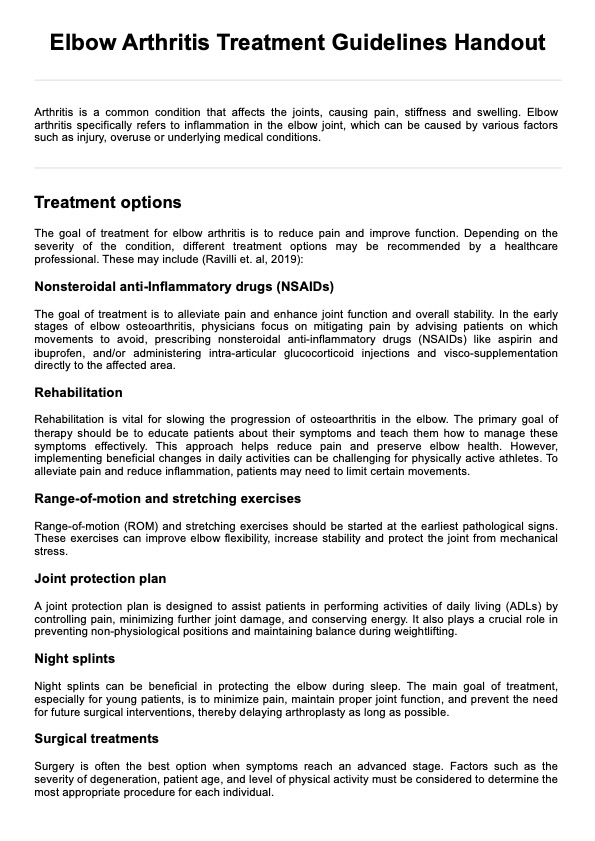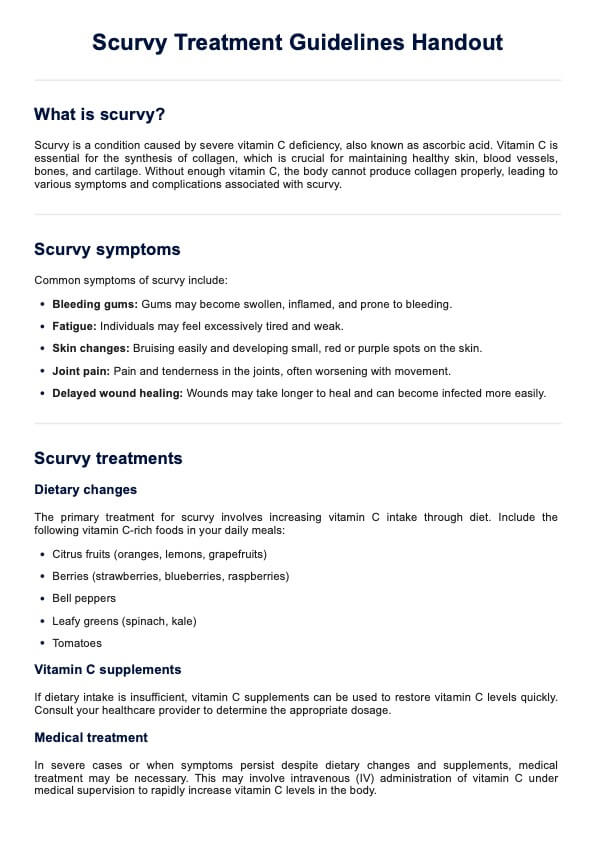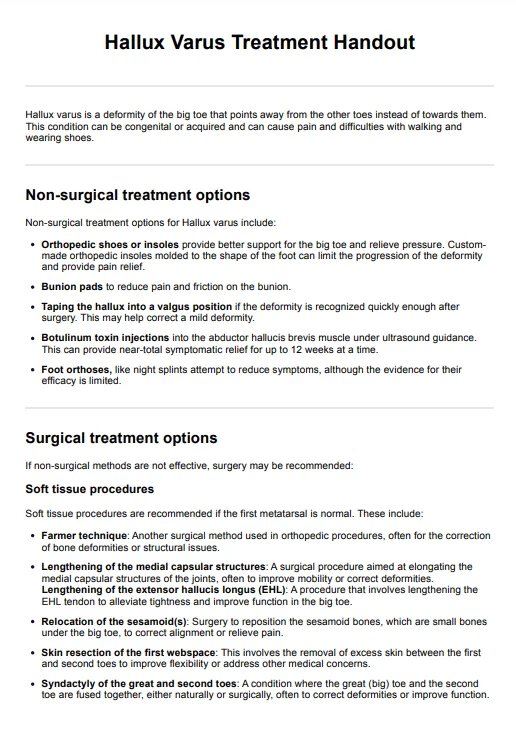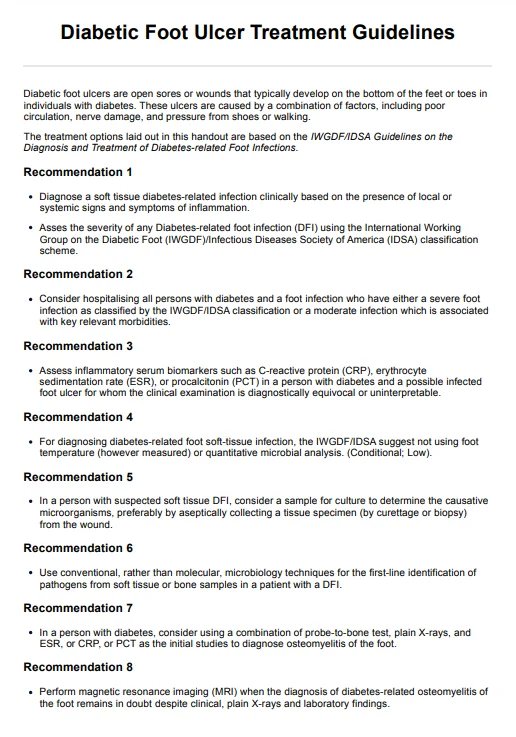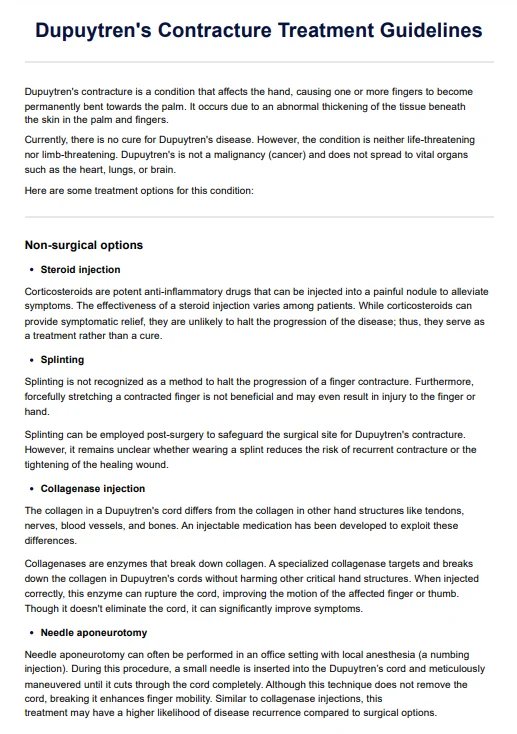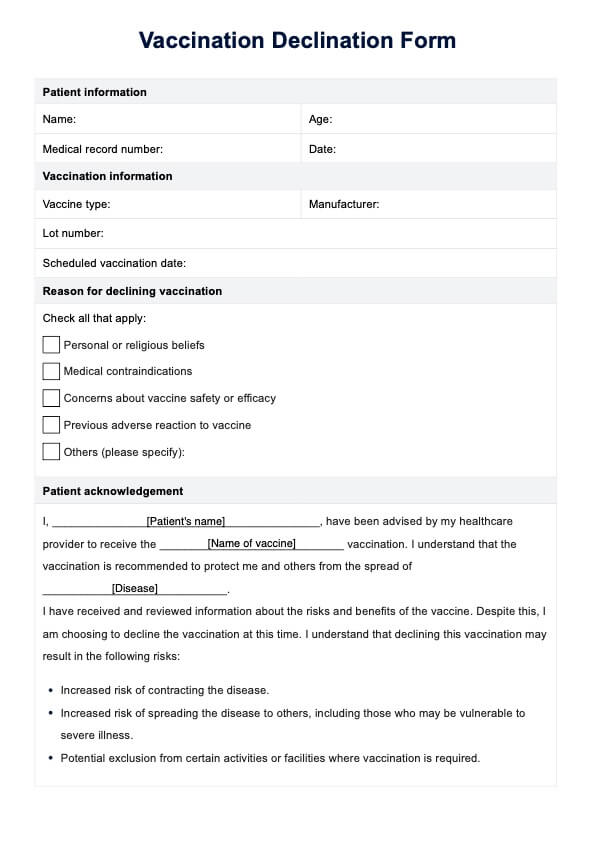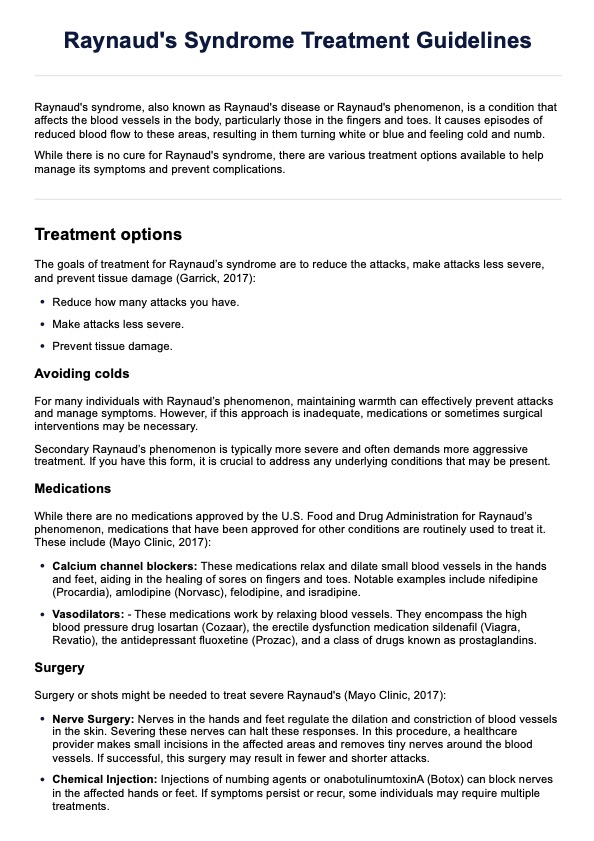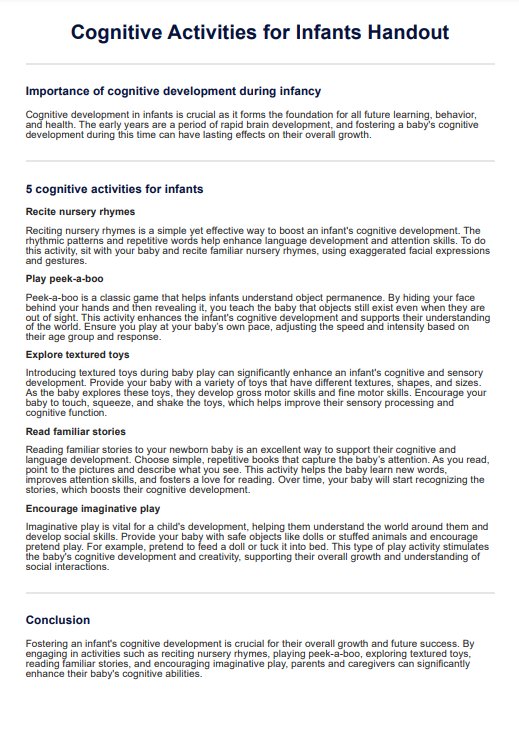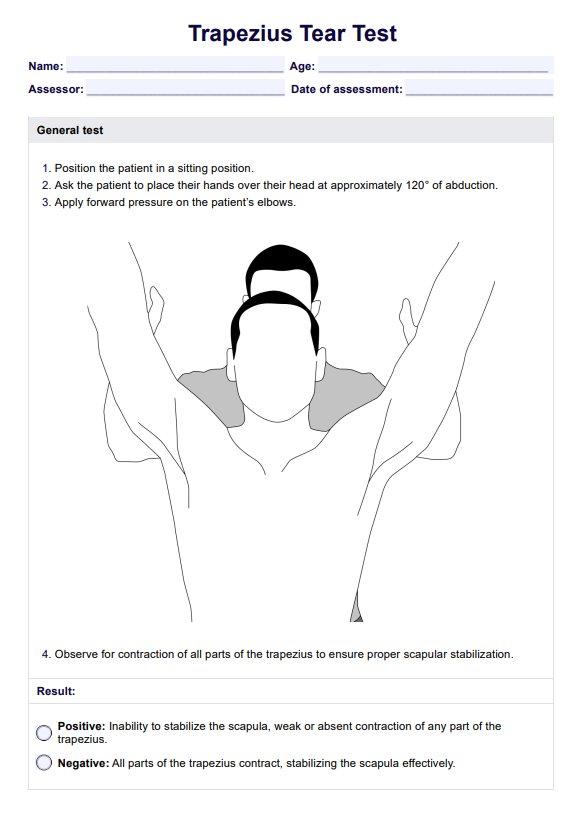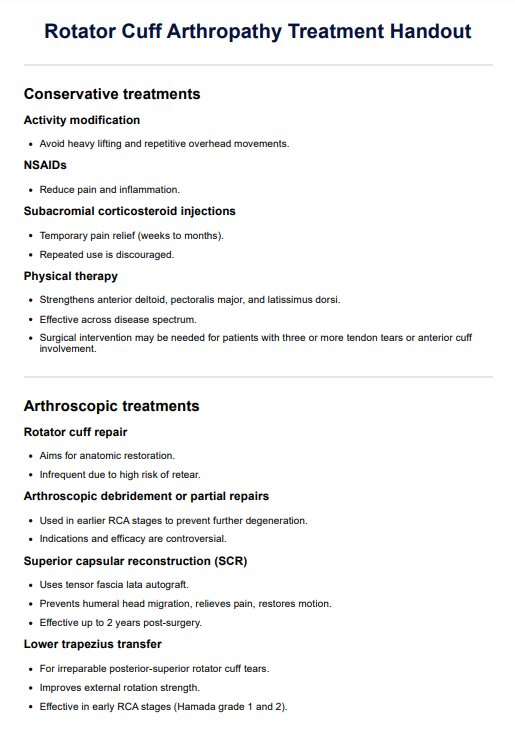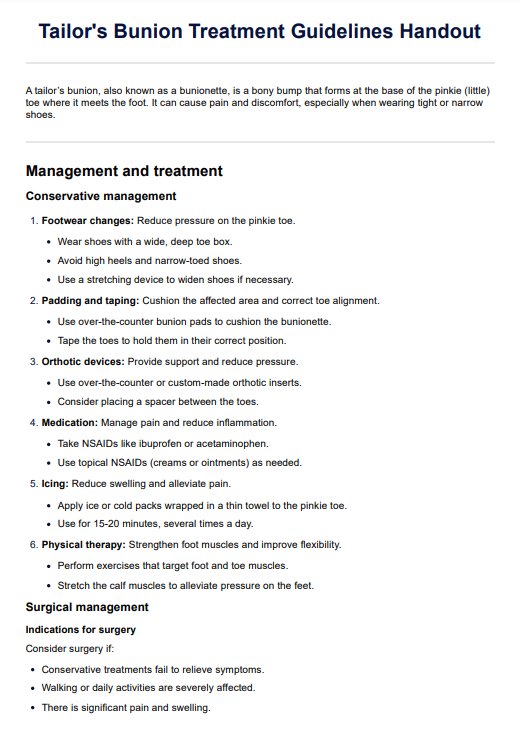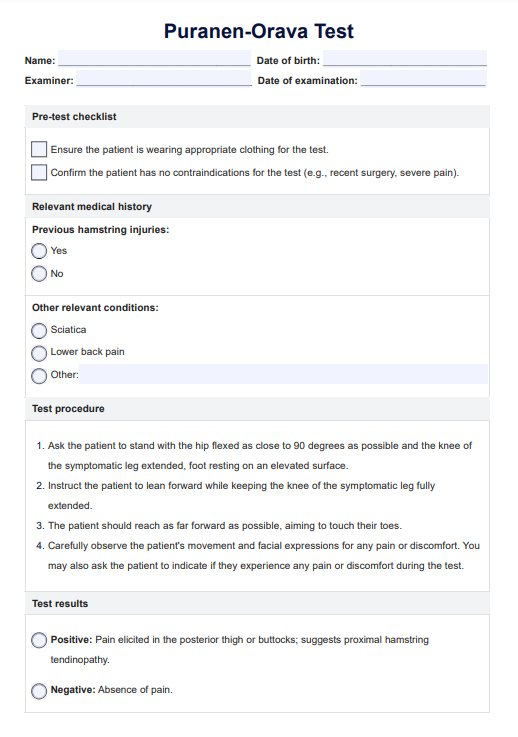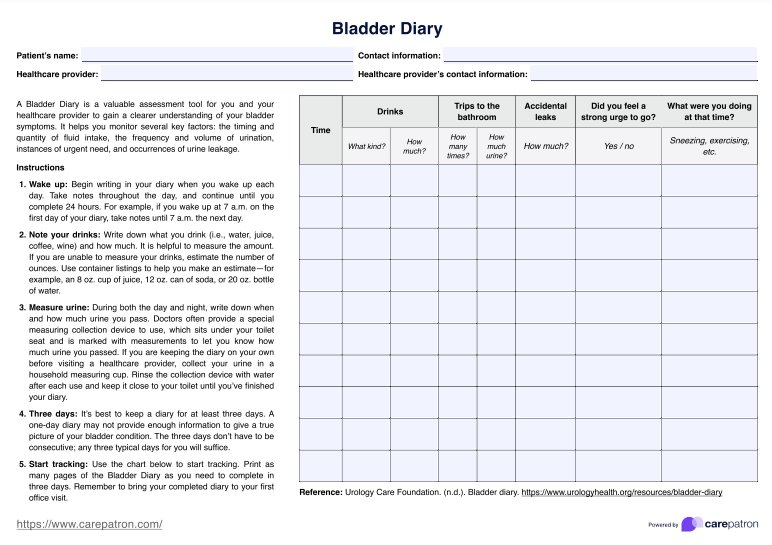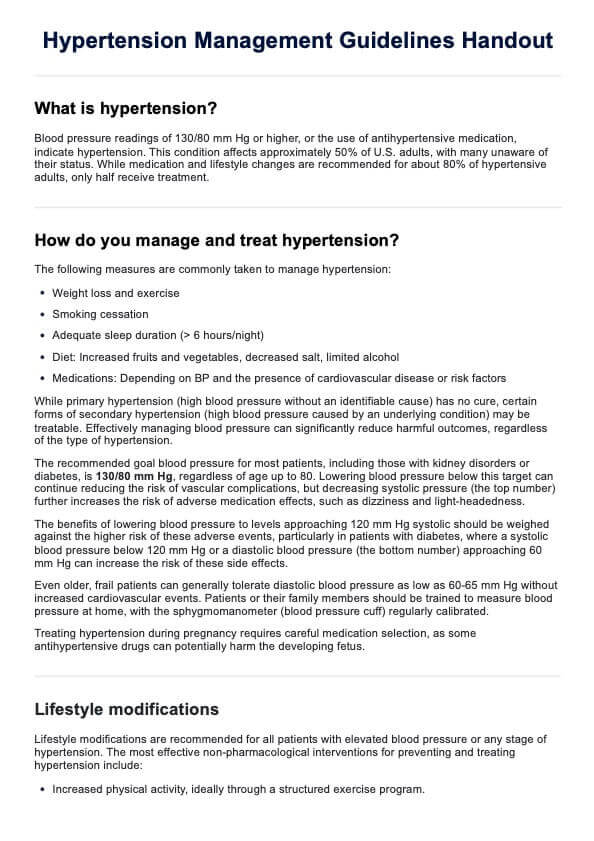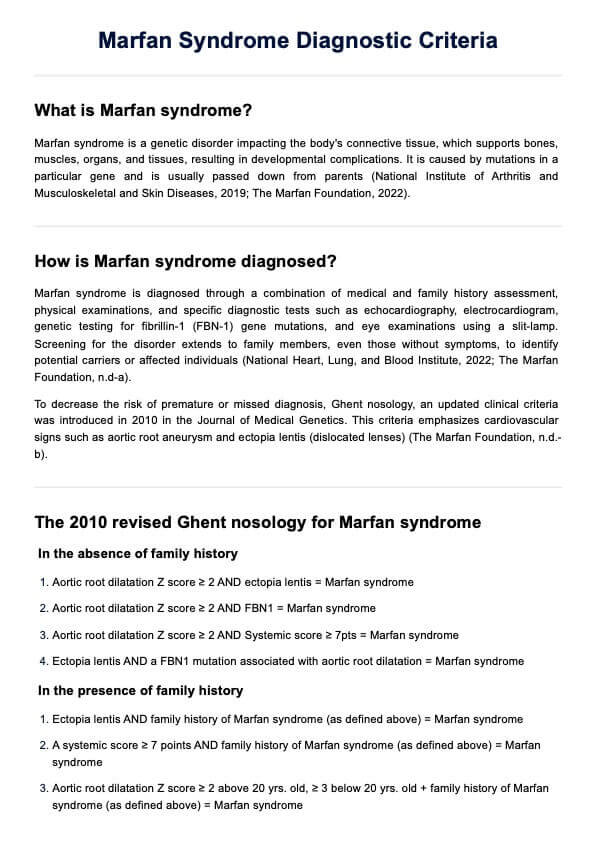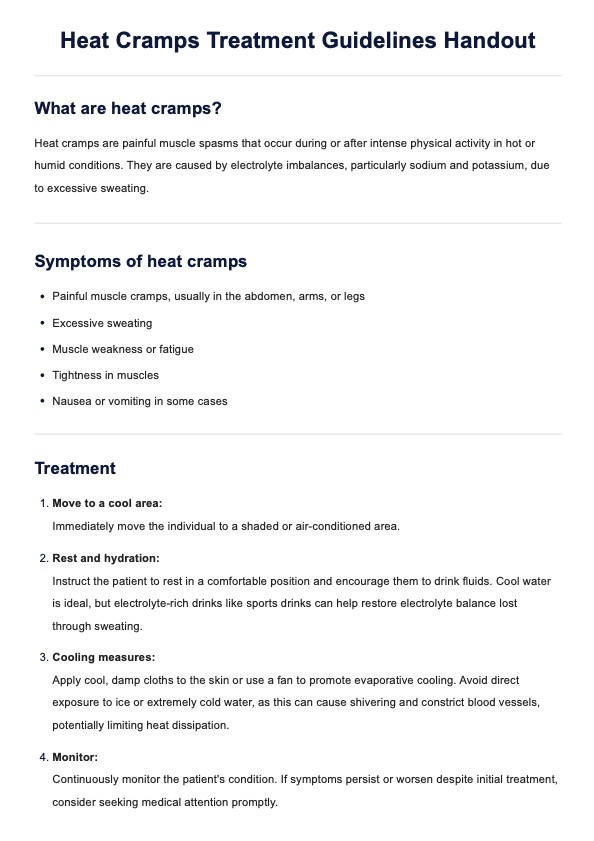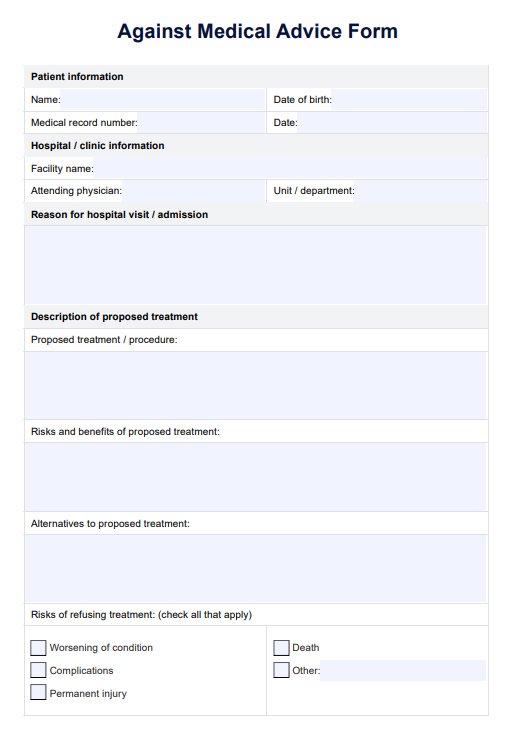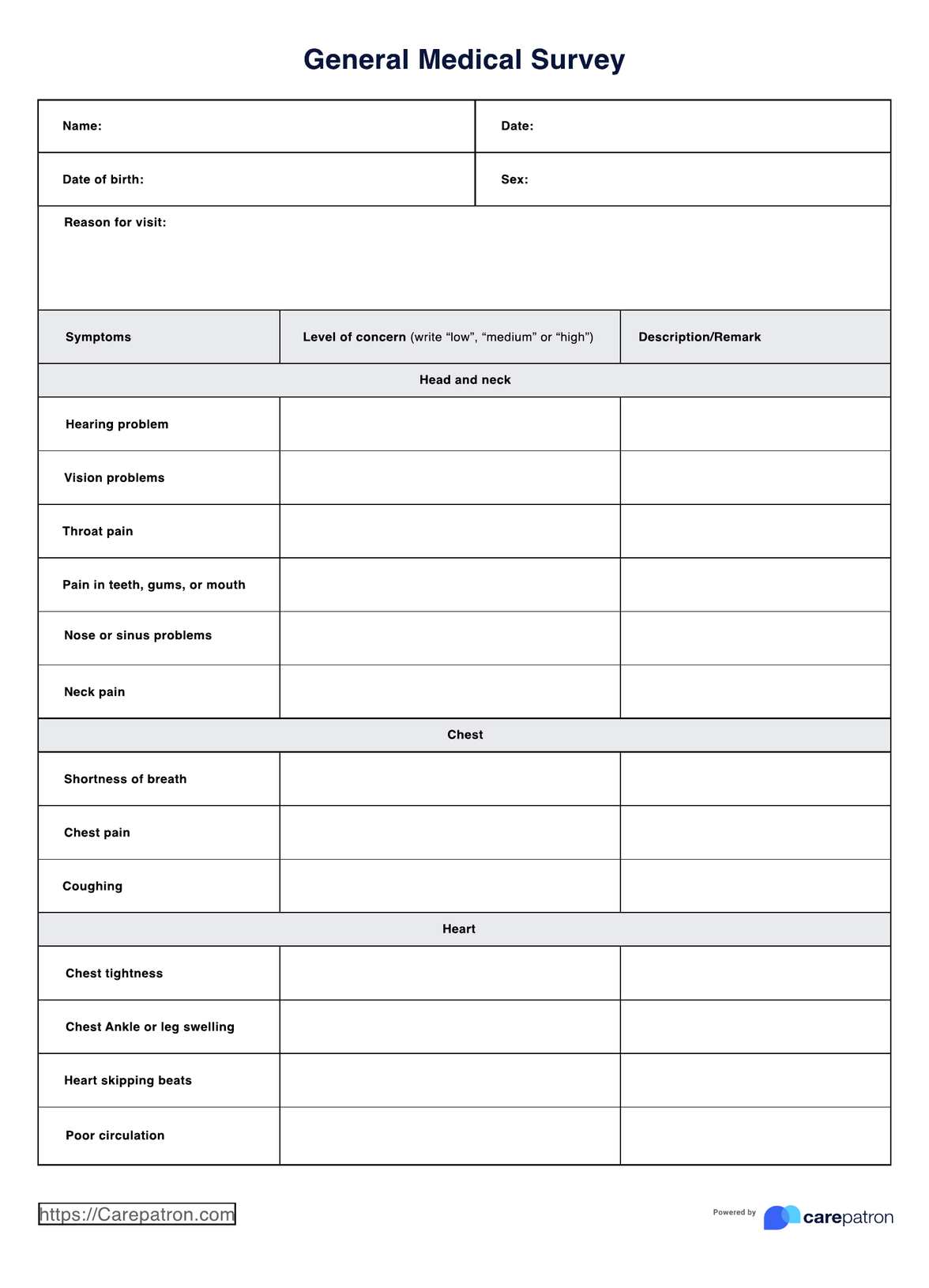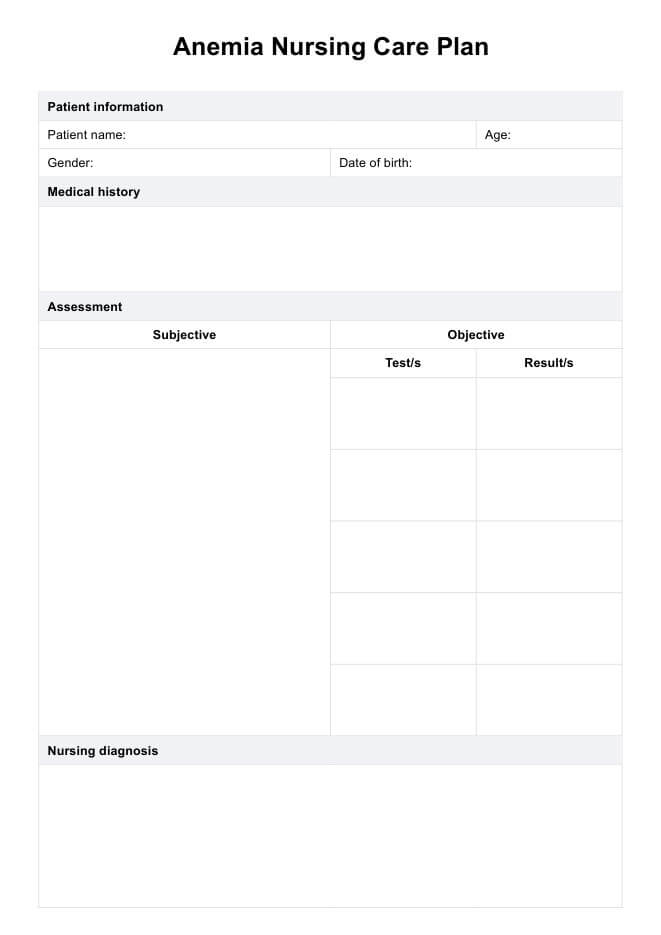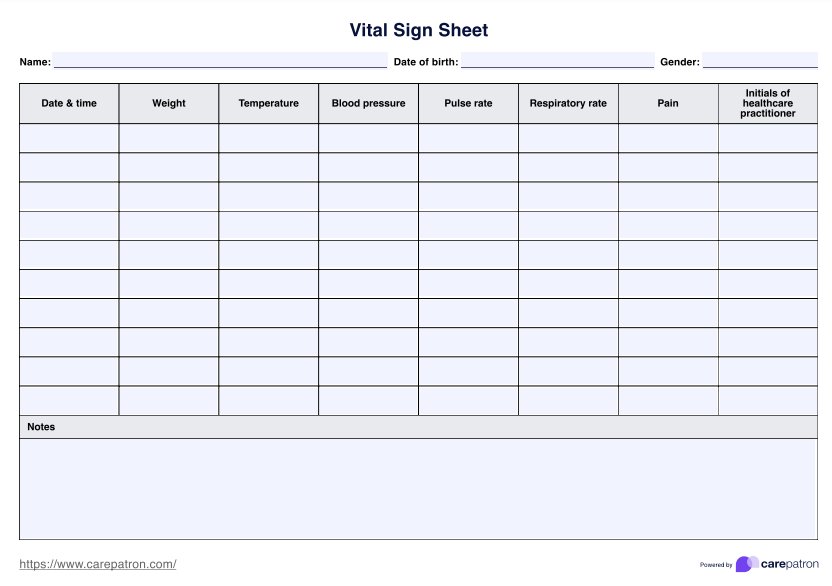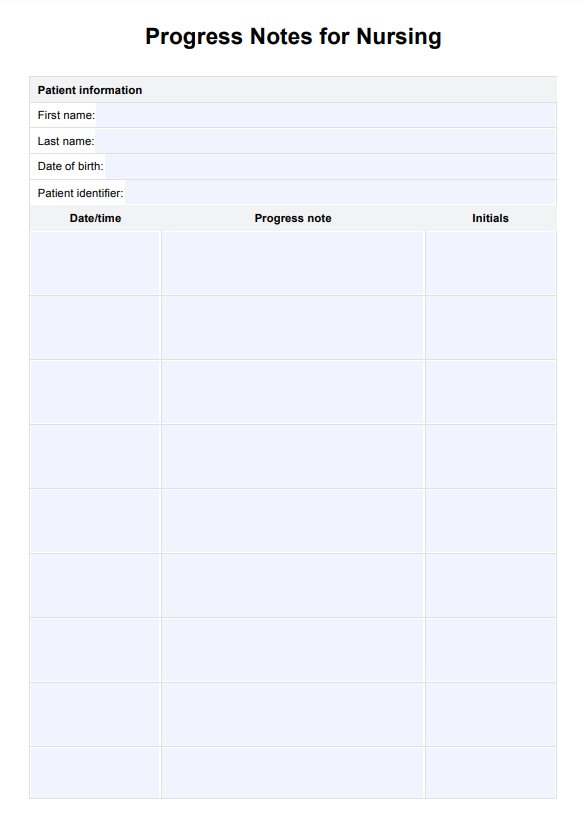Nursing Case Studies with Answers
Explore Nursing Case Studies with Answers to enhance your nursing knowledge and prepare for practical scenarios. Get this template for free.


What is in a nursing case study?
A nursing case study is a detailed examination of a patient's health condition, treatment plan, and overall care journey, specifically from the perspective of nursing practice. These case studies are essential components of nursing education and professional development, providing valuable insights into clinical scenarios and patient care experiences.
Various elements are included in a case nursing study to comprehensively understand the patient's situation. A sample case study typically contains the patient's demographic information, including age, gender, medical history, and presenting symptoms. This demographic overview sets the stage for understanding the context in which healthcare interventions occur.
Moreover, nursing case studies often delve into the nursing assessment process, highlighting the initial and ongoing assessments nurses conduct to gather relevant patient health status data. These assessments involve physical examinations, vital sign monitoring, and assessment tools to identify potential health issues and risk factors.
Critical thinking skills are also essential in nursing case studies, as they enable nurses to analyze complex clinical situations, identify priority needs, and develop effective care plans tailored to individual patients. Nursing students and experienced nurses use case studies as opportunities to enhance their critical nursing knowledge and clinical practice.
Nursing Case Studies with Answers Template
Nursing Case Studies with Answers Example
Purpose
Nursing case studies serve several vital purposes within healthcare education and professional practice, whether they are a primary care physician or a group of nursing students.
Nursing case studies use clinical data to enhance clinical reasoning, bridge theoretical knowledge and practice, promote collaboration between nurses, support evidence-based practice, as well as foster professional development for nurse practitioners.
How to write a nursing case study?
Writing a nursing case study involves several essential steps to ensure accuracy, relevance, and clarity. Let's break down the process into actionable steps:
Step 1: Select a patient case
Begin by selecting a patient case that presents a relevant and compelling healthcare scenario. Consider factors such as the patient's demographic information, medical history, presenting symptoms (e.g., joint stiffness, pain), and healthcare needs (e.g., medication administration, vital signs monitoring). Choose a case that aligns with your learning objectives and offers meaningful analysis and discussion opportunities.
Step 2: Gather relevant data
Collect comprehensive data about the selected patient case, including medical records, test results, nursing assessments, and relevant healthcare documentation. Pay close attention to details such as the patient's current health status, past medical history (e.g., diabetes), treatment plans, and any ongoing concerns or challenges. Utilize assessment tools and techniques to evaluate the patient's condition thoroughly and identify areas of clinical significance.
Step 3: Assess the patient's needs
Based on the gathered data, evaluate the patient's needs, considering physical, emotional, social, and environmental factors. Assess the patient's pain levels, mobility, vital signs, and other relevant health indicators. Identify any potential complications, risks, or areas requiring immediate attention. Consider the patient's preferences, cultural background, and individualized care requirements in your assessment.
Step 4: Formulate nursing diagnoses
Based on your assessment findings, formulate nursing diagnoses that accurately reflect the patient's health needs and priorities. Identify actual and potential nursing diagnoses related to the patient's condition, considering factors such as impaired mobility, ineffective pain management, medication adherence issues, and self-care deficits.
Step 5: Develop a care plan
Develop a comprehensive care plan outlining the nursing interventions and strategies to address the patient's identified needs and nursing diagnoses. Prioritize interventions based on the patient's condition, preferences, and care goals. Include evidence-based nursing interventions to promote optimal health outcomes, manage symptoms, prevent complications, and enhance the patient's overall well-being. Collaborate with other healthcare professionals as needed to ensure coordinated care delivery.
Step 6: Implement and evaluate interventions
Implement the nursing interventions outlined in the care plan while closely monitoring the patient's response to treatment. Administer medications, provide patient education, perform nursing procedures, and coordinate care activities to effectively meet the patient's needs. Continuously evaluate the effectiveness of interventions, reassessing the patient's condition and adjusting the care plan as necessary. Document all interventions, observations, and outcomes accurately and comprehensively.
Step 7: Reflect and seek assistance
Reflect on the nursing case study process, considering what worked well, areas for improvement, and lessons learned. Seek assistance from nursing instructors, preceptors, or colleagues if you encounter challenges or have concerns about the patient's care. Collaborate with interdisciplinary team members to address complex patient issues and ensure holistic care delivery. Continuously strive to enhance your nursing practice through ongoing learning and professional development.
What is a Nursing Case Study with Answers template?
A Nursing Case Study with Answers template is a guide that presents a patient scenario for nurses to assess, analyze, and make care decisions. It includes situations to help nurses apply critical thinking and clinical knowledge.
Our Nursing Case Study with Answers template provides two examples of health issues that may occur within the health practice. It includes scenarios for managing acute exacerbation of chronic heart failure in a patient, as well as a case involving a patient with a broken bone. We've also added an extra blank section for student nurses, nurses, and other practitioners to add another example for practice and analysis.
Examples of nursing case studies
Aside from the ones included in our template, let's explore a few more examples of nursing case studies to illustrate how they are developed and analyzed:
Case study 1: Management of chronic pain in elderly patients
- Scenario: Mrs. Smith, a 75-year-old woman, is admitted to the hospital with complaints of chronic pain in her lower back and joints. She has a history of osteoarthritis and hypertension. Mrs. Smith reports difficulty performing activities of daily living due to her pain, which has been progressively worsening over the past year.
- Assessment: Nursing assessment reveals a limited range of motion, joint stiffness, and increased blood pressure readings. Mrs. Smith's pain is rated 7 out of 10 on the scale. Vital signs are within normal limits except for elevated blood pressure.
- Diagnosis: Nursing diagnosis includes chronic pain related to osteoarthritis and impaired mobility and Activity intolerance related to pain and limited joint mobility.
- Interventions: Nursing interventions focus on pain management strategies such as administering analgesic medications, providing heat therapy, and assisting with gentle exercise. Patient education is provided on proper body mechanics and joint protection techniques.
- Evaluation: Mrs. Smith's pain is reassessed regularly, and interventions are adjusted based on her response. Progress notes indicate a reduction in pain intensity, improved mobility, and increased participation in activities of daily living. Blood pressure readings are monitored closely to ensure optimal management of hypertension.
Case study 2: Family-centered care for a child with chronic illness
- Scenario: Johnny, a 6-year-old boy with cystic fibrosis, is admitted to the pediatric unit for respiratory exacerbation. His parents express concerns about managing his condition at home and coping with the emotional impact of his illness on the family.
- Assessment: Nursing assessment reveals decreased lung function, persistent cough, and increased respiratory rate. Johnny's parents report feeling overwhelmed and anxious about his health.
- Diagnosis: Nursing diagnosis includes ineffective airway clearance related to thick, tenacious secretions.
- Interventions: Nursing interventions focus on airway clearance techniques, respiratory treatments, and emotional support for Johnny and his family. Nursing staff facilitate support groups for families of children with chronic illnesses to provide mutual support and share coping strategies.
- Evaluation: Johnny's respiratory status is monitored closely, and interventions are implemented to improve airway clearance. Respiratory treatments are administered as prescribed, and progress is documented in the medical record. Johnny's parents report feeling more confident in managing his care at home and express appreciation for the support received from the healthcare team.
Commonly asked questions
In clinical terms, a case study is a detailed examination of a patient's medical history, symptoms, diagnosis, treatment, and outcomes, typically used for educational or research purposes.
Case studies are essential in nursing as they provide real-life scenarios for nurses to apply theoretical knowledge, enhance critical thinking skills, and develop practical clinical reasoning and decision-making abilities.
Case studies in nursing education offer benefits such as promoting active learning, encouraging problem-solving skills, facilitating interdisciplinary collaboration, and fostering a deeper understanding of complex healthcare situations.


